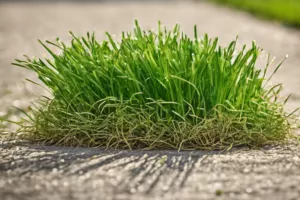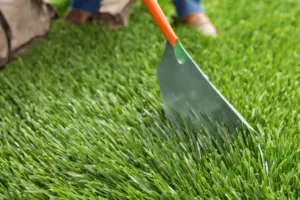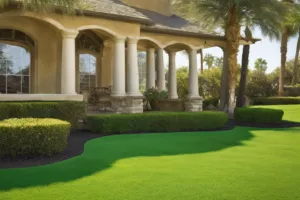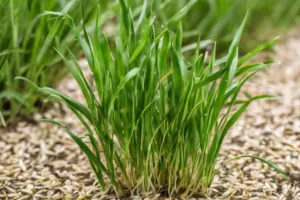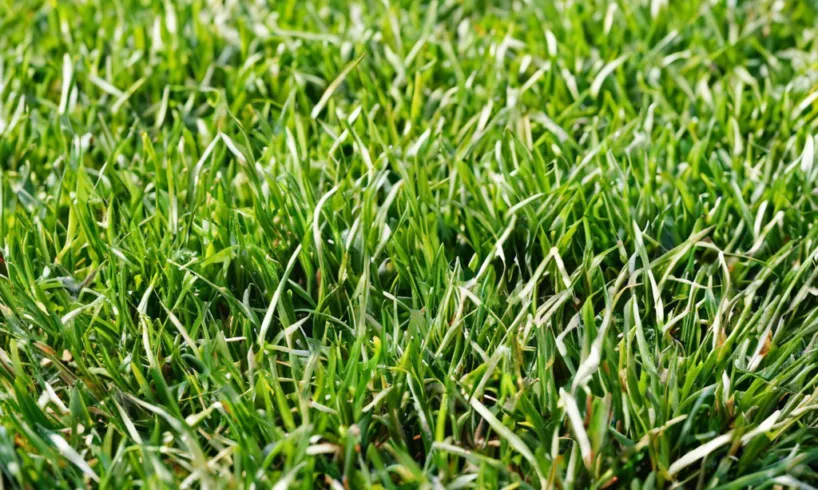
Understanding Dormancy in St. Augustine Grass
Yes, St. Augustine grass does go dormant, typically during the cooler winter months. This type of grass, popularly used for lawns in warmer regions of the United States, is known for its broad, flat blades and its tolerance for heat and humidity. However, when the temperatures drop significantly, St. Augustine grass enters a period of dormancy as a survival mechanism. This dormancy is a natural process where the grass slows its growth and may change color, often turning a brownish hue, to conserve resources and withstand the cold weather conditions.
Components of St. Augustine Grass Dormancy
Temperature Influence
The dormancy of St. Augustine grass is largely influenced by temperature changes. When temperatures drop below 55 degrees Fahrenheit, this grass type will start to slow its growth and eventually become dormant. The grass will stay in this state until temperatures rise again in the spring.
Color Changes
A clear sign of dormancy in St. Augustine grass is a change in color. During this phase, the normally lush, green blades may turn brown or tan. However, this color change does not indicate the grass is dead. Instead, it’s a visible sign of the grass conserving its energy during the cold season.
Water and Nutrient Needs
While dormant, St. Augustine grass requires less water and nutrients compared to its active growing phase. Over-watering or over-fertilizing during dormancy can actually harm the grass, leading to disease or pest infestations.
Considerations for St. Augustine Grass in Different Climates
Warm-Climate Areas
In areas where winter temperatures rarely drop below 55 degrees Fahrenheit, St. Augustine grass may not go fully dormant. However, it may still slow its growth and require less maintenance during the cooler months.
Cold-Climate Areas
In regions with colder winters, St. Augustine grass will likely enter a complete dormancy, turning brown until spring arrives. Homeowners in these areas should be prepared for this annual color change and understand it is a normal part of the grass’s life cycle.
Practical Tips on Caring for Dormant St. Augustine Grass
Understanding the dormancy phase can help homeowners take better care of their St. Augustine lawns during winter. Here are few tips:
- Watering: Reduce the watering frequency and volume as the grass’s water needs decrease during dormancy.
- Fertilizing: Avoid fertilizing dormant St. Augustine grass as it can cause more harm than good. The grass’s nutrient needs are minimal during this period.
- Mowing: As the grass’s growth slows down, so should the mowing. Mow less frequently and keep the grass height a bit higher to provide insulation against the cold.
In conclusion, St. Augustine grass’s dormancy is a natural response to cooler temperatures. This period of slowed growth and color change helps the grass conserve resources and survive winter. With proper care, the grass will recover its vibrant green color and robust growth as temperatures rise in the spring.

Bob Green, a passionate lawn care enthusiast with over two decades of landscaping experience, is this website’s proud owner. His vast knowledge of horticulture and dedication to helping homeowners maintain beautiful lawns are reflected in the valuable content he shares on his platform. John has always been interested in Agrostology.










